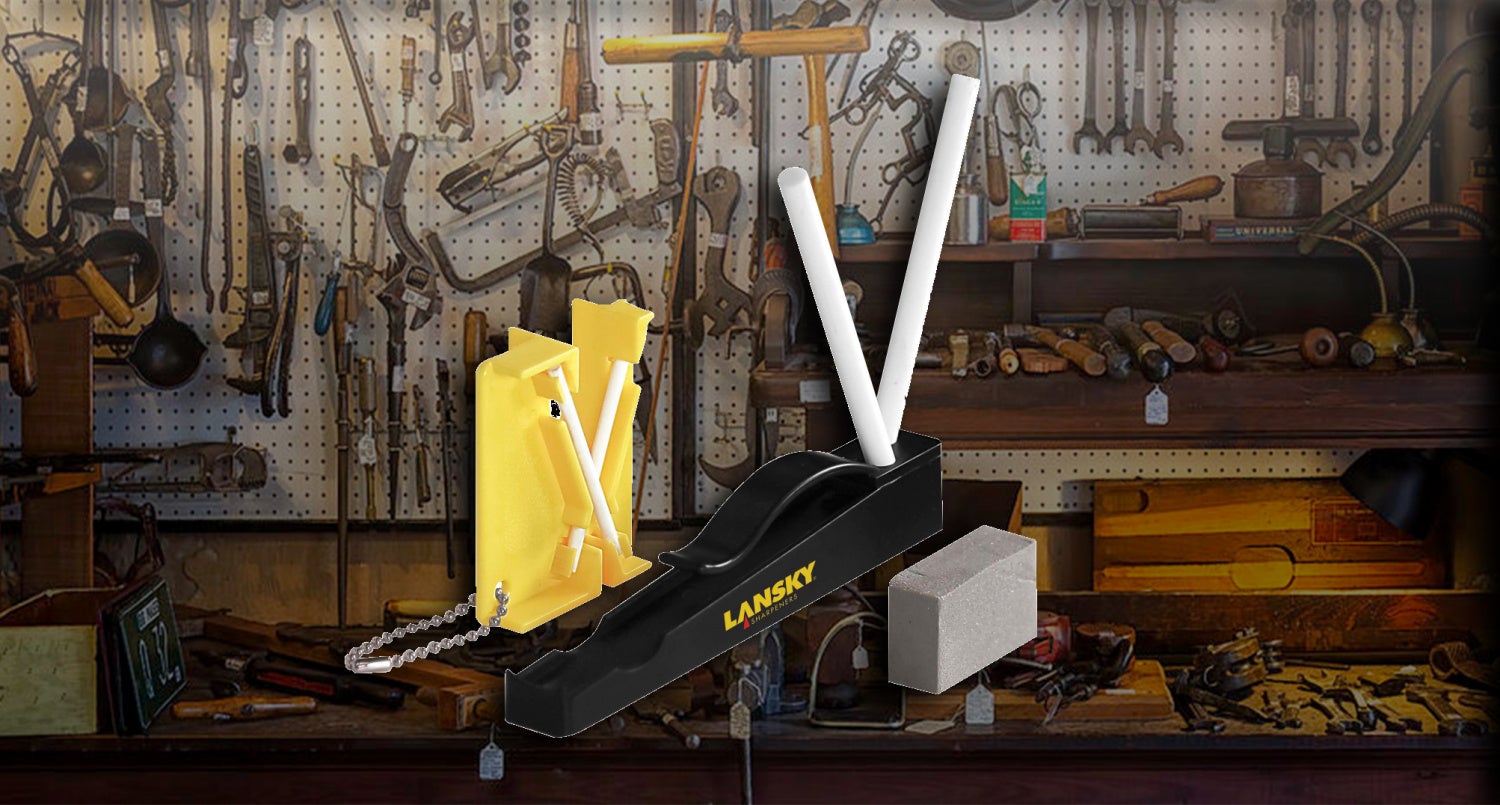If this much metal is removed from a single pull, imagine what 5 or 10 does, multiply that by however many times you use it a week or month. The blade life will be drastically reduced. If you don't have the blade perfectly square you are not really getting it sharp as you are now sharpening at a different angle and actually removing the apex that was formed.
Add onto that if you watch carefully just as it zooms in you can see damage on the pull through. That only gets worse over time and makes the edge even worse.



